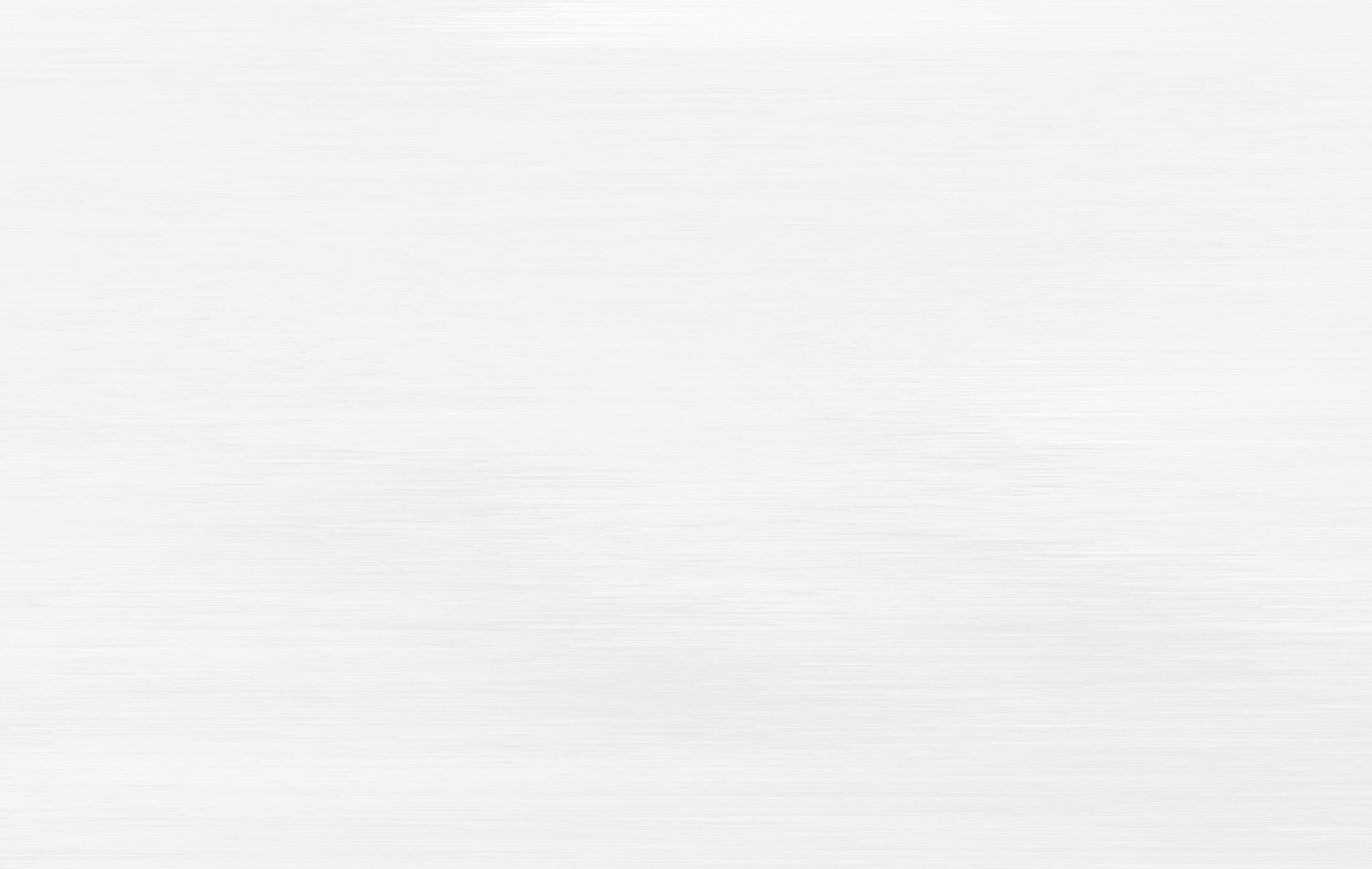
Tummy Tuck San Francisco



1 of 12
A tummy tuck is a cosmetic procedure that aims to enhance the aesthetic appeal of your abdomen*. This is achieved by first removing excess skin and fat from this area. Then, your stomach muscles are pulled tight around the abdominal cavity to produce a tighter, slimmer midsection*. A tummy tuck is ideal for people who have lost large amounts of weight or those who might otherwise struggle with a stubborn “pouch” of loose, lax skin around the belly area because of significant stretching*. Healthy mothers who do not plan on getting pregnant again are considered among ideal candidates for a tummy tuck*.
During a consultation for a Tummy Tuck San Francisco plastic surgeon, Dr. Miranda may recommend a tummy tuck as part of a package or series of procedures designed to achieve a larger aesthetic goal. In the case of women who have been pregnant, a tummy tuck may be paired with a diastasis recti repair operation to suture closed abdominal muscles that have separated. A breast lift, breast reduction or breast augmentation can be added for a comprehensive “mommy makeover” package. Liposuction is often performed before, during or after a tummy tuck to enhance results*. Check out PPSG’s blog to learn more about all of our aesthetic procedures. *results may vary

Choosing a tummy tuck can offer both physical and emotional benefits. Here’s how it can help:
You may be a good candidate for a tummy tuck if:
If this sounds like you, a tummy tuck could be the solution to help you feel more comfortable and confident in your own skin.


Yes, tummy tucks aren’t a one-size-fits-all solution. Depending on your body’s unique needs and your goals, different variations of the tummy tuck are available to target specific concerns:
Extended Abdominoplasty, also known as extended tummy tuck, reaches beyond just the front of the body. It is for patients who would like to address their sagging belly, lateral flanks (the “love handle” area), and back, which may also need work to appear consistent with the rest of the body’s tight new profile*.
Ideal candidates for the extended procedure have much looser skin and muscle hanging from their trunks because of large weight loss or pregnancy issues. Age and genetic factors also play a role in the severity of excess skin. Sometimes, several pounds of skin and tissue must be removed to achieve the desired result*.
Extended Tummy Tuck Vs. Full Tummy Tuck
At PPSG, located in San Francisco tummy tuck options include a variety of procedures, such as panniculectomy. Similar to a classic tummy tuck, a panniculectomy is designed to reshape and enhance the contours of the abdominal region in ways that diet and exercise alone cannot achieve.*
Patients who are obese or who have recently undergone transformational weight loss may derive great benefit from a panniculectomy*. A panniculectomy is performed on an outpatient basis under general anesthesia. It is a surgery in which the panniculus is removed. The panniculus is a dense curtain of excess subcutaneous fat that can form as a result of obesity. The panniculus may also be composed of loose skin resulting from dramatic weight loss. (1)
Diastasis recti repair is often incorporated into a tummy tuck. The procedure’s aim is to repair the rectus abdominis—muscles in the middle abdomen that can separate during pregnancy or as the result of severe obesity. During your abdominoplasty in San Francisco, your doctor will stitch the muscles back together, like lacing up a new pair of sneakers. Diastasis recti repair will narrow and taper the waist*. In women, the procedure contributes to an “hourglass figure*.” In men, it helps to sculpt the “six-pack” ab muscles*. (2)
The full abdominoplasty begins with a horizontal incision above the pubic area but below where the waistbands on most bathing suits tend to lie. A second, smaller incision encircles the navel to free it from the underlying and surrounding tissue.
A typical tummy tuck is usually performed under general anesthesia. Starting at the horizontal incision, the skin is pulled upward, revealing the stomach muscles. Your plastic surgeon will pull the stomach muscles tight with a series of sutures.
Then, like pulling down a curtain, the skin is drawn tight back over the abdominal area. Excess skin and fat tissue are removed.(3) Next, your doctor makes a small circular incision for your belly button. This will be its new home. The lower incision is stitched closed. Finally, bandages are applied.
What Are The Benefits Of A Tummy Tuck?

After a tummy tuck San Francisco patients that come to us can expect a smoother, tighter, and more contoured midsection. Results are visible almost immediately, though you’ll see the best results as swelling decreases over the next few weeks. Many patients notice a significant improvement in their body shape, feel more comfortable in clothing, and experience enhanced confidence. Results can be long-lasting as long as you maintain a stable weight and a healthy lifestyle.
Recovery from a tummy tuck requires some downtime, but the results are well worth the wait. Here’s what you can expect:
The cost of a tummy tuck can vary depending on the complexity of the surgery and whether it’s combined with other procedures. On average, a tummy tuck ranges from $8,000 to $15,000. During your consultation, we’ll provide a personalized quote and discuss financing options to help you achieve your aesthetic goals comfortably.


You have done all the hard work already. You lost a significant amount of weight. Or, you have given birth to children. (Or both!) But the sagging skin and loose muscle left behind is unaffected by diet or exercise. Let the skilled, compassionate professionals at PPSG help you complete the last, most satisfying part of your transformation journey*. Dr. Edward Miranda is one of San Francisco’s top plastic surgeons. He is certified by the American Board of Plastic Surgery and is a member of the American Society of Plastic Surgeons.
Abdominoplasty can produce dramatic, even life-changing results*. Plan on one to two weeks of downtime immediately following the surgery. Recovering patients are very often required to wear a compression garment to reduce swelling and to encourage safe healing. The stitches will be removed within the first two weeks. It is recommended that you avoid standing up straight during this time.
Pain, tightness and bruising of the affected area are common and to be expected*. You will require the assistance of a friend or loved one during the initial recovery as your range of motion will be limited*. Emotional support is important, too. Choose a “recovery buddy” with whom you have a close, comfortable relationship and make sure they’re available to assist you while you get better.
Your recovery buddy can help motivate you to stand up and move about regularly which will increase circulation and boost healing*. It is important to keep moving to encourage blood flow and promote healing. You will be given personalized aftercare instructions from Dr. Miranda and the staff at PPSG. You will return for follow-up appointments to make sure you are experiencing your ideal recovery*.
Take good care of yourself to minimize scarring and shorten your recovery time. Our compassionate staff and dedicated team of healthcare professionals at PPSG are available to you during the recovery portion of your journey. Dr. Miranda and his team will monitor your recovery progress and help you look forward to your preferred results*. While it may take time to enjoy your final result, remember–a slimmer more confident you awaits*!
With proper care and a stable weight, the results of a tummy tuck can last for many years. Maintaining a healthy lifestyle is key to preserving your new shape.
While there may be some discomfort during the initial recovery phase, most patients find the pain manageable with prescribed medication. The feeling of tightness typically eases over time.
You should expect one to two weeks of downtime after your surgery.
The mini tummy tuck is a variation on the standard procedure. It produces more targeted results.
The extended procedure is for patients who would like to address their sagging belly as well as their lateral flanks and back, which may also need work to appear consistent with the rest of the body’s tight new profile*.
Tummy tucks are usually considered cosmetic procedures and aren’t covered by insurance. However, if the procedure is medically necessary—such as in the case of a panniculectomy to reduce skin irritation—some coverage may be available. Check with your provider for specifics.
A tummy tuck focuses on tightening both skin and muscles, while a panniculectomy strictly removes excess skin and fat. A panniculectomy is often recommended for patients who have lost a significant amount of weight and are left with a large “apron” of skin.
You’ll generally need about two to three weeks off work for a full tummy tuck, depending on your job and how quickly you recover. We’ll guide you through the process to make sure you’re healing comfortably and safely.





